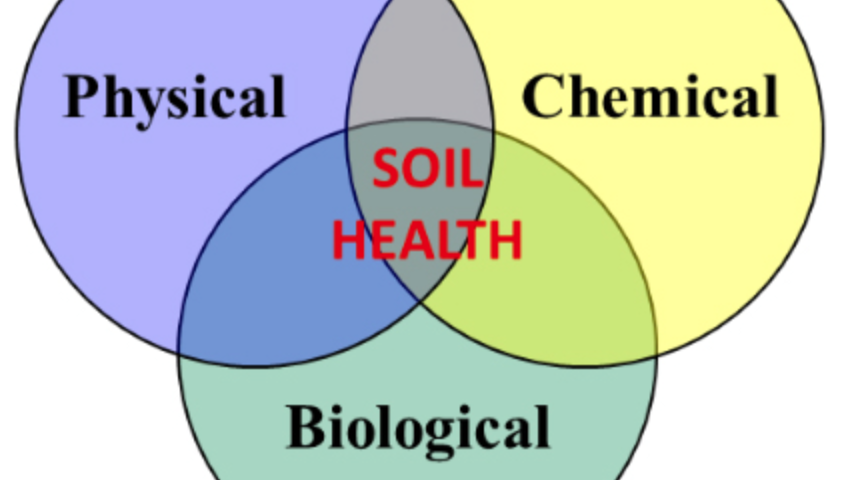Well actually, no. That’s not really true. The principles of a healthy, correctly functioning soil are though.
Once you start to consider, even at a very basic level, some of the relationships and manner in which the different components of soil interact with one another, things start to fall in to shape and build your confidence in what you are doing or the new approaches that you are looking to adopt.
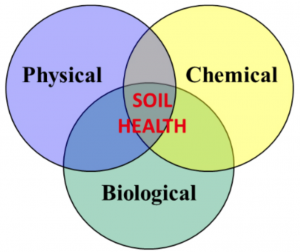
You get the soil you’re given.
That much is true and whilst can be very difficult (and costly) to fundamentally alter the texture and manage the PHYSICAL ASPECT of your soil, a great place to start looking in to is the level of organic matter that your soil contains. Due to intense growing or mono-crop type situations, this is usually one of the first natural resources to decline. As a result, increased levels of nutrition or supplements have to provided in it’s place, often increasing the rate of declining levels of the soil’s ‘power house’ even more rapidly.
Organic matter can means different things to different people, depending on the industry you are in. In sports turf, it can mean thatch and is undesirable. So let’s differentiate here – we are talking about the the core reserves of carbon and organic compounds that drive the natural processes in the soil.
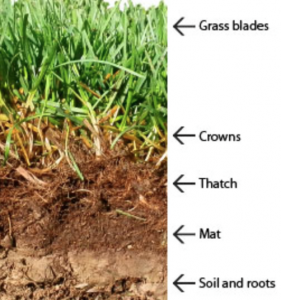
If you are looking to manage your levels of SOM you should understand the importance of the carbon and nitrogen balance necessary to enable efficient function: too high a level of C:N in your SOM and you are likely to rob naturally acquired nitrogen and even some of that which you are paying well earned cash to add to make your crops grow. An exaggerated example of this would be adding raw sawdust! If the levels of carbon too low in the SOM that you are adding then it is likely that you will struggle to support a meaningful level of microbial life – key part of the natural cycle that will make essential nutrients available to plants.
pH is of primary concern when considering the CHEMICAL ASPECT and nutritional demands of commercial crops and for this reason is often the most frequent and actively managed limiting factors in soil and growing media. It is vital importance that farmers, growers and managers obtain a comprehensive understanding of the different form and concentrations that the essential elements are present in. This requires a detailed soil test. The historic approach to managing limitations around this characteristic of soil has been a direct response using treatments such as liming, granular fertilisers or foliar feeds as the matter of course for dealing with issues surrounding crop nutrition.

Which brings us nicely to soil life and the BIOLOGICAL ASPECT.
Where does this fit in?
Well, everywhere actually.
It is neither more or less important than concerns around the physical and chemical aspects of soil. It is neither the start or the end of the cycle, however it is necessary throughout.

Whilst we may be some way off fully understanding the many different roles that the different microorganism play in the skin of our planet, we do know that where soil is working well (in a sustainable manner) it is prolific, diverse and BALANCED.
Bacteria help to convert atmospheric nitrogen in to plant available forms, fungi can help mobilise elements like phosphorus to plant roots despite soil tests showing low available levels of P, nematodes help maintain a balance of smaller organisms whilst releasing quantities of soluble foods in to the soil solution and warding off harmful plant feeder types (such as the Potato Cyst Nematode that has vilified this abundance and helpful creature!). Mycorrhizal fungi enhance the complex network of crop roots to help plants scavenge for other essential and micronutrients or obtain water in times of drought. The list of interactions and benefits goes on.
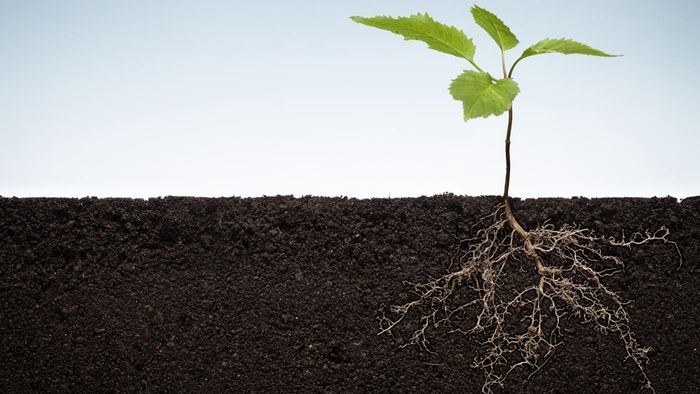
The (micro)biology that we end up with in a field or pot of soil, is no coincidence though. The plant is very much the driver. Unseen to the naked eye, plants are slowly excreting minute traces of sugars and biochemicals (organic compounds, enzymes) that entice ‘just the right’ microscopic workforce for the job.
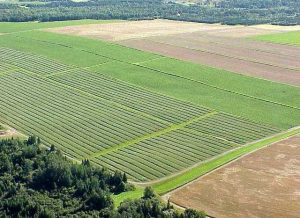
Needless to say, if you don’t consider the plant types that you are growing or cycling between with a crop rotation, and you are trying to develop or maintain a correctly functioning, balanced soil, the consequences could set you back significantly. For example, Brassicas or mustard are prime examples of crop types known to inhibit soil fungi and their introduction at an inappropriate point in a rotation, could alter the biomass and affect the all important ratio of bacteria and fungi in the rhizosphere.
This ratio will vary between different plant types. We wrote an article a while ago which explains this in a bit more details. If you want to find out even more get in touch with SoilBioLab.

So there you have, simple – every action has a consequence and the physical, biological and chemical aspects of soil are all intrinsically linked!
We cannot yet fully explain how and why things behave like they do, however we do understand that under intensive agricultural and horticultural methods that we been applying for the majority of the last century and start of this, the long term prospects are not good. It seems that they are fast becoming even more costly in more ways than one. Any system that relies on the continuous removal of soil matter and the mineral fraction, at the detriment of the life that holds it all together, will ‘yield’ at some point.
So what to do?
Well, with your new found understanding of the simple principles of soil science, find your limiting factor(s) first and develop strategy to resolve or mitigate these.
Quite often this can meaning operating in one of the opposing aspects of the soil environment, such as increasing or balancing the microorganisms to reduce the impact of pathogens or nutrient deficiencies; or modifying chemical applications or introducing natural compounds to enhance effectiveness and build up nutrient holding capacity is another way (humic acid is great for this) or changing tillage practices to reduce the squeeze on the physical structure of soil.
There are more methods available then ever before and new technologies to help you address your limiting factors. This is supported by a rise of experts capable of supporting a Complete Approach to soil management – our core belief.
There are more than one way to cut a cake: understanding the size and number of slices is the first step, so investment in a comprehensive assessment of your soil will pay dividends in the long run.
When did you last test your soil?
If you enjoyed this article or found it useful, it would help us if hit Like below!
